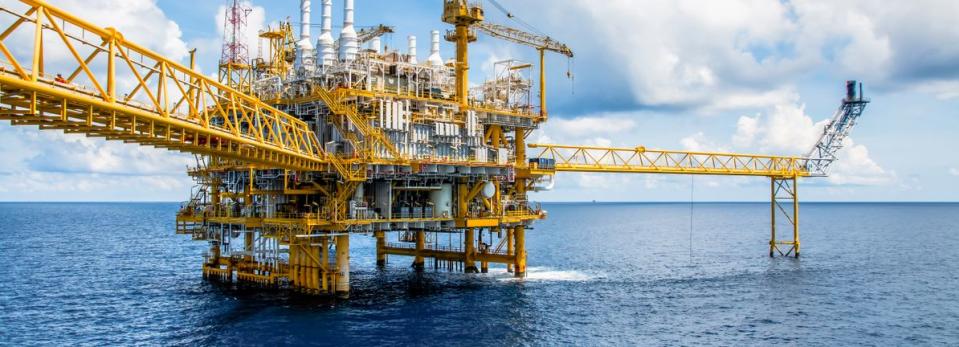Is Pine Cliff Energy (TSE:PNE) Weighed On By Its Debt Load?

David Iben put it well when he said, 'Volatility is not a risk we care about. What we care about is avoiding the permanent loss of capital.' It's only natural to consider a company's balance sheet when you examine how risky it is, since debt is often involved when a business collapses. We can see that Pine Cliff Energy Ltd. (TSE:PNE) does use debt in its business. But should shareholders be worried about its use of debt?
Why Does Debt Bring Risk?
Debt is a tool to help businesses grow, but if a business is incapable of paying off its lenders, then it exists at their mercy. Ultimately, if the company can't fulfill its legal obligations to repay debt, shareholders could walk away with nothing. While that is not too common, we often do see indebted companies permanently diluting shareholders because lenders force them to raise capital at a distressed price. Of course, debt can be an important tool in businesses, particularly capital heavy businesses. The first thing to do when considering how much debt a business uses is to look at its cash and debt together.
View our latest analysis for Pine Cliff Energy
What Is Pine Cliff Energy's Net Debt?
The image below, which you can click on for greater detail, shows that at June 2019 Pine Cliff Energy had debt of CA$60.4m, up from CA$53.1m in one year. On the flip side, it has CA$7.91m in cash leading to net debt of about CA$52.5m.
How Strong Is Pine Cliff Energy's Balance Sheet?
We can see from the most recent balance sheet that Pine Cliff Energy had liabilities of CA$24.4m falling due within a year, and liabilities of CA$323.8m due beyond that. On the other hand, it had cash of CA$7.91m and CA$9.84m worth of receivables due within a year. So it has liabilities totalling CA$330.5m more than its cash and near-term receivables, combined.
This deficit casts a shadow over the CA$32.8m company, like a colossus towering over mere mortals. So we definitely think shareholders need to watch this one closely. At the end of the day, Pine Cliff Energy would probably need a major re-capitalization if its creditors were to demand repayment. There's no doubt that we learn most about debt from the balance sheet. But it is future earnings, more than anything, that will determine Pine Cliff Energy's ability to maintain a healthy balance sheet going forward. So if you're focused on the future you can check out this free report showing analyst profit forecasts.
In the last year Pine Cliff Energy managed to grow its revenue by 6.2%, to CA$104m. That rate of growth is a bit slow for our taste, but it takes all types to make a world.
Caveat Emptor
Importantly, Pine Cliff Energy had negative earnings before interest and tax (EBIT), over the last year. Indeed, it lost a very considerable CA$37m at the EBIT level. Reflecting on this and the significant total liabilities, it's hard to know what to say about the stock because of our intense dis-affinity for it. Sure, the company might have a nice story about how they are going on to a brighter future. But the reality is that it is low on liquid assets relative to liabilities, and it burned through CA$1.4m in the last year. So is this a high risk stock? We think so, and we'd avoid it like an anti-vaccine zealot with an obvious case of measles. When I consider a company to be a bit risky, I think it is responsible to check out whether insiders have been reporting any share sales. Luckily, you can click here ito see our graphic depicting Pine Cliff Energy insider transactions.
Of course, if you're the type of investor who prefers buying stocks without the burden of debt, then don't hesitate to discover our exclusive list of net cash growth stocks, today.
We aim to bring you long-term focused research analysis driven by fundamental data. Note that our analysis may not factor in the latest price-sensitive company announcements or qualitative material.
If you spot an error that warrants correction, please contact the editor at editorial-team@simplywallst.com. This article by Simply Wall St is general in nature. It does not constitute a recommendation to buy or sell any stock, and does not take account of your objectives, or your financial situation. Simply Wall St has no position in the stocks mentioned. Thank you for reading.

 Yahoo Finance
Yahoo Finance 
